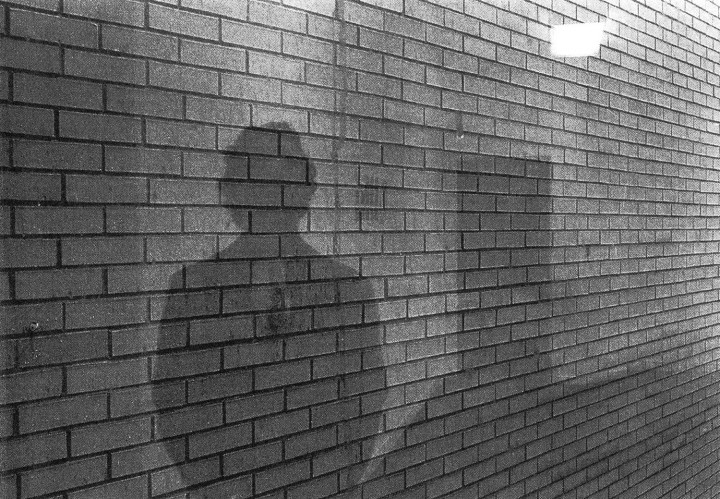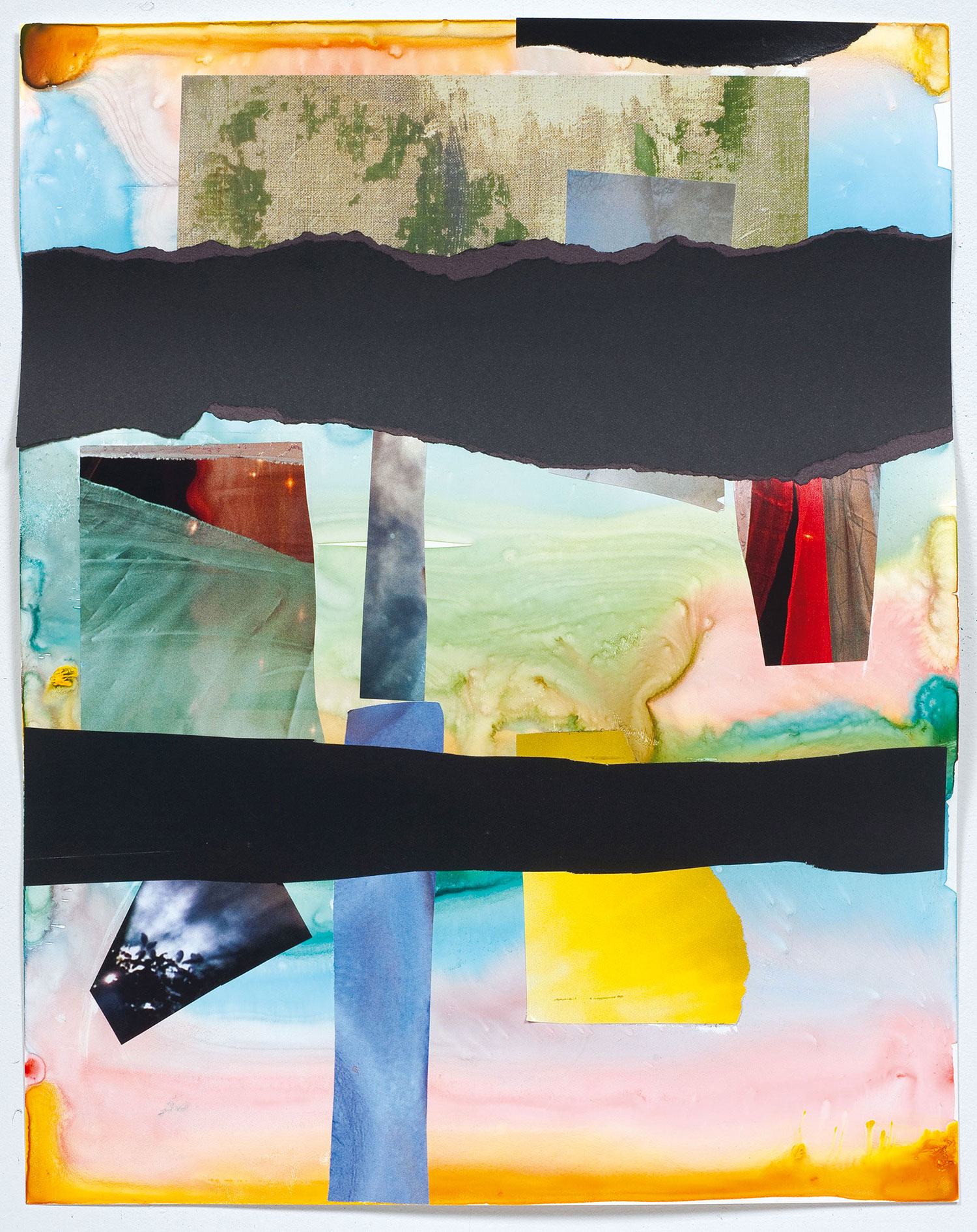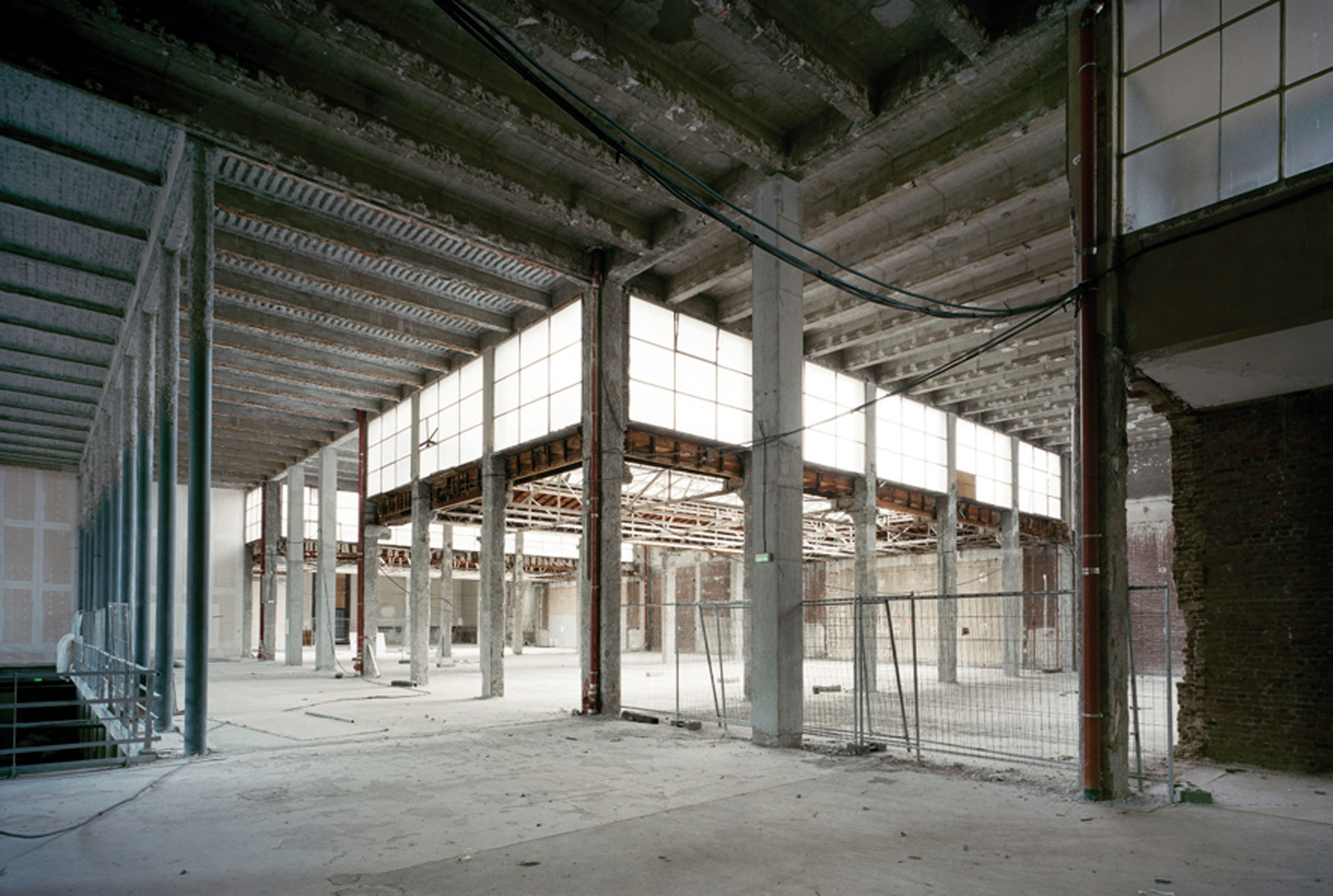
Donatien Grau: You opened your gallery in 1964, when you were 23. What lead you to it?
Seth Sieglaub: Before that, I had worked part-time at the Sculpture Center in New York. There was a school, a gallery, several activities, but it was very conservative artistically. They had been pioneers with welded sculptures. Then a collector suggested I open a gallery. So I put together my spare change, rented a space on 56th and 5th, and did it. I was jumping into the water without having any idea of what I wanted to do. I basically showed painters that I knew. Lawrence Weiner, the only person I showed at the beginning, became a very important figure and friend. I did a show of his in 1964 and 1965. Other than that, I was just walking in the dark and trying to figure out what a gallerist was supposed to do. That was a time when there weren’t that many people attending galleries. We had about four visitors a day, two of which were friends. It was a learning experience for me. Later, as I gradually began to meet Joseph Kosuth, Douglas Huebler, Robert Barry, I was able to establish the role of a gallery and to organize exhibitions that required me to have certain administrative skills. In the middle of 1966, some projects became conceptual art. They began to take form in 1967 and the first exhibition took place in 1968.
DG: Tell me about your first exhibition with Lawrence Weiner.
SS: He was doing what he called Color-Field paintings, with material objects, and I showed some of them: collages, with different materials. The paintings were there, the posters were there. At that time I didn’t know what I was supposed to be doing. I didn’t know there was about to be a major breakthrough. In other terms, there was no project, no plan. All these artists fell together, and we were able to start doing exhibitions challenging materiality. And that only happened in the end of the ‘67, early ‘68. From 1968 to 1971 I did about 23 exhibitions. It goes without saying that being a gallerist was not a way to make money. There were a lot of artistic collapses. It just seemed perfectly normal to me to be unsuccessful. There were rich gallerists, but I was in the dark about what I was showing and why.
DG: What kind of painting were you showing?
SS: Some kind of figurative abstract paintings, I suppose.
I published catalogues at the very beginning, which showed the kind of work I was exhibiting – a very heteroclit choice. It was a mix of young artists. But again, it didn’t take focus. It really was an ongoing process.
DG: I read that you were experimenting within the space of the gallery: there were happenings, for instance.
SS: There was one happening in 1965, by a guy named Arnie Hinden, who brought chicken in the gallery. I wouldn’t say I was adventurous or qualify my art dealing experience as such. Part of the time I actually lived there, staying at night.
DG: Even in this learning process, you covered a wide range of media: exhibitions, books, posters…
SS : It was part of an attempt to reach the art world. At the time I didn’t feel that I was going down some revolutionary path. As I said, most of the galleries were relatively poor, or financed by people who had money. Some came from very important families, like Matisse. Sidney Janis was also very successful; they were important and well-funded. Very few people made the choice to become gallerists to make money. Today, you can make that choice, because gallerists are successful.
DG: How did you find the artists you showed?
SS: Some people would come in with slides and works, others I found myself. People referred other people saying: “If you are interested in this work, you should be interested in meeting this artist.” Only towards the end an important critic called Dore Ashton suggested to Douglas Huebler to visit me, on the grounds I would be interested in showing him. It was 1967 and he was making site sculptures. But again, it was an encounter between people.
I didn’t have a fixed criteria. Even today, those kind of issues are still with me: deciphering what’s important and what isn’t.





